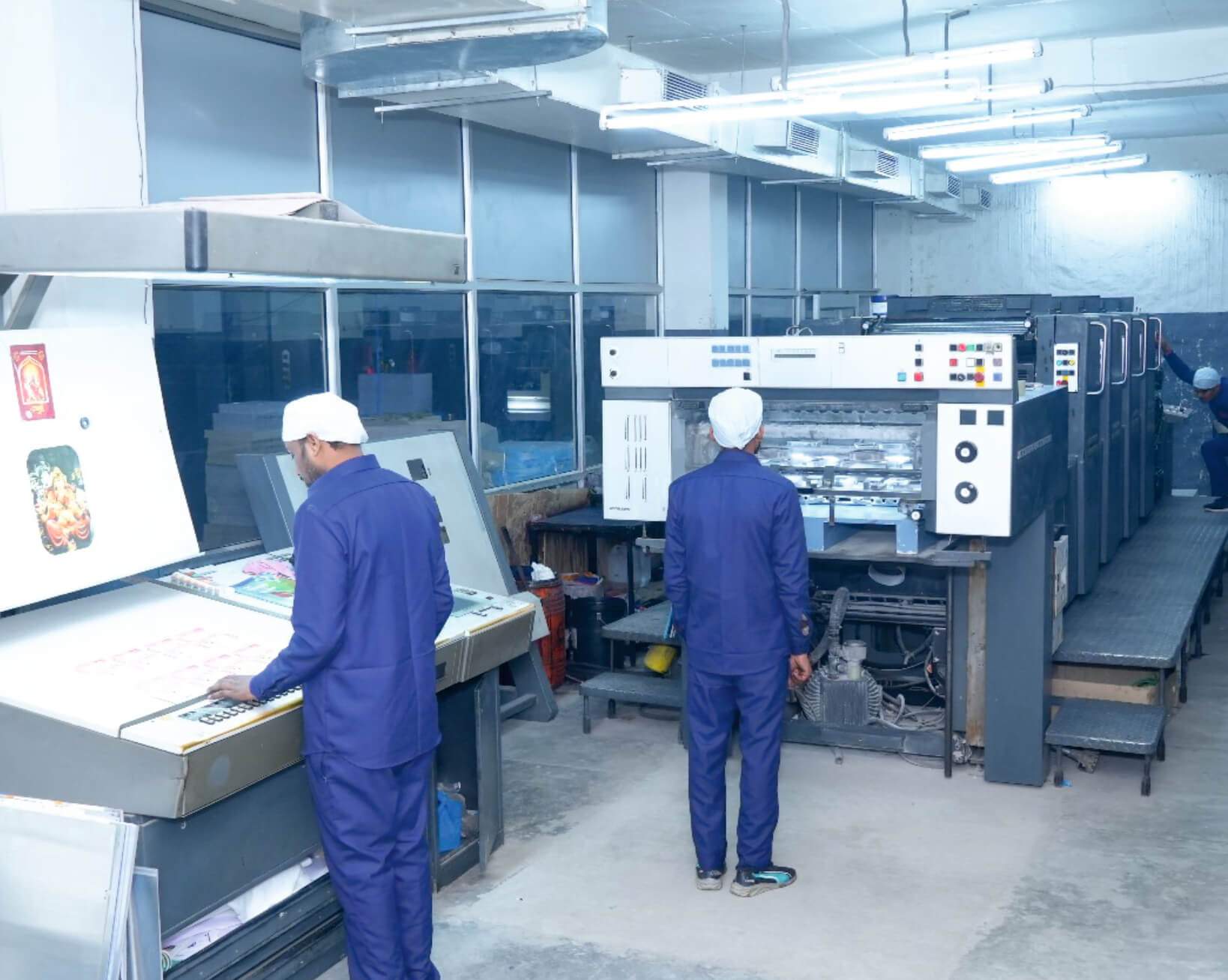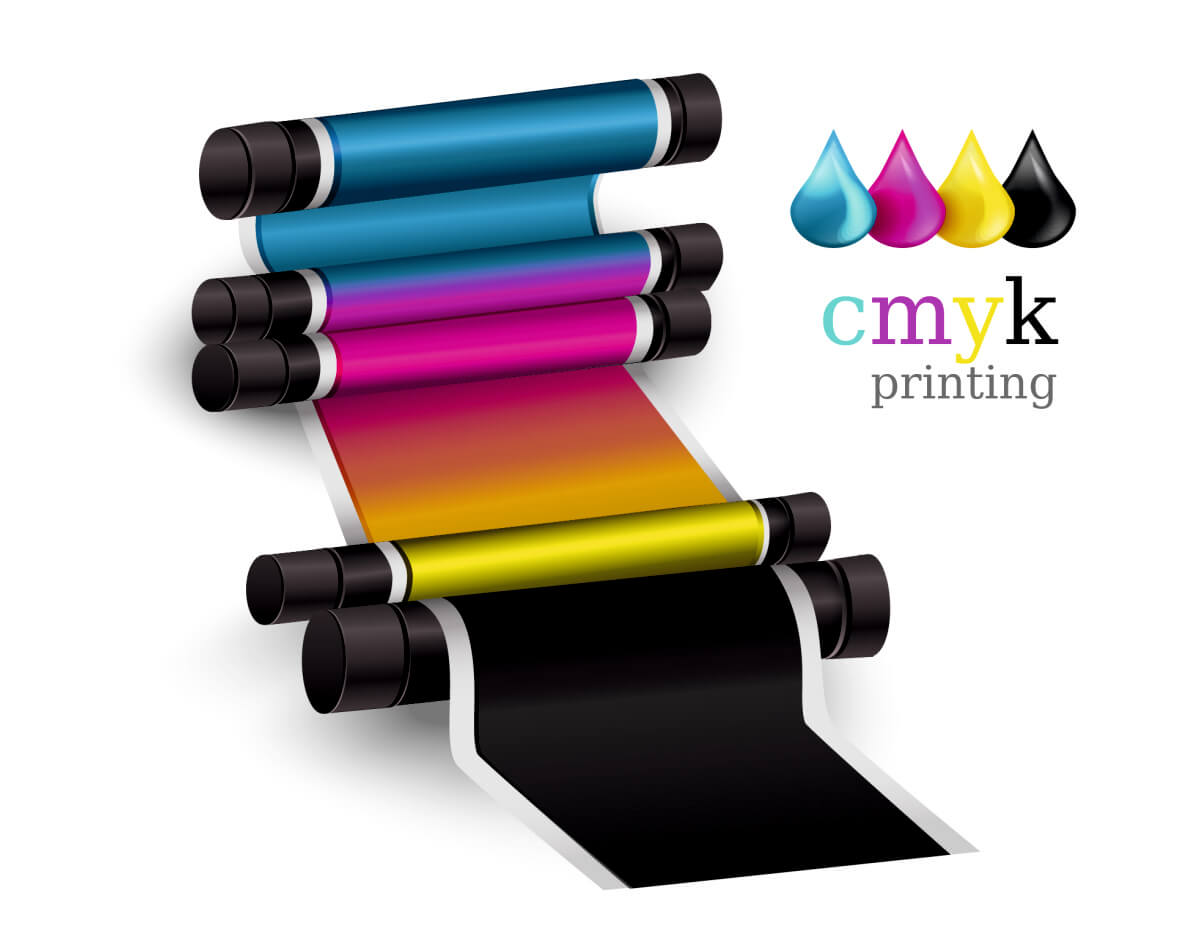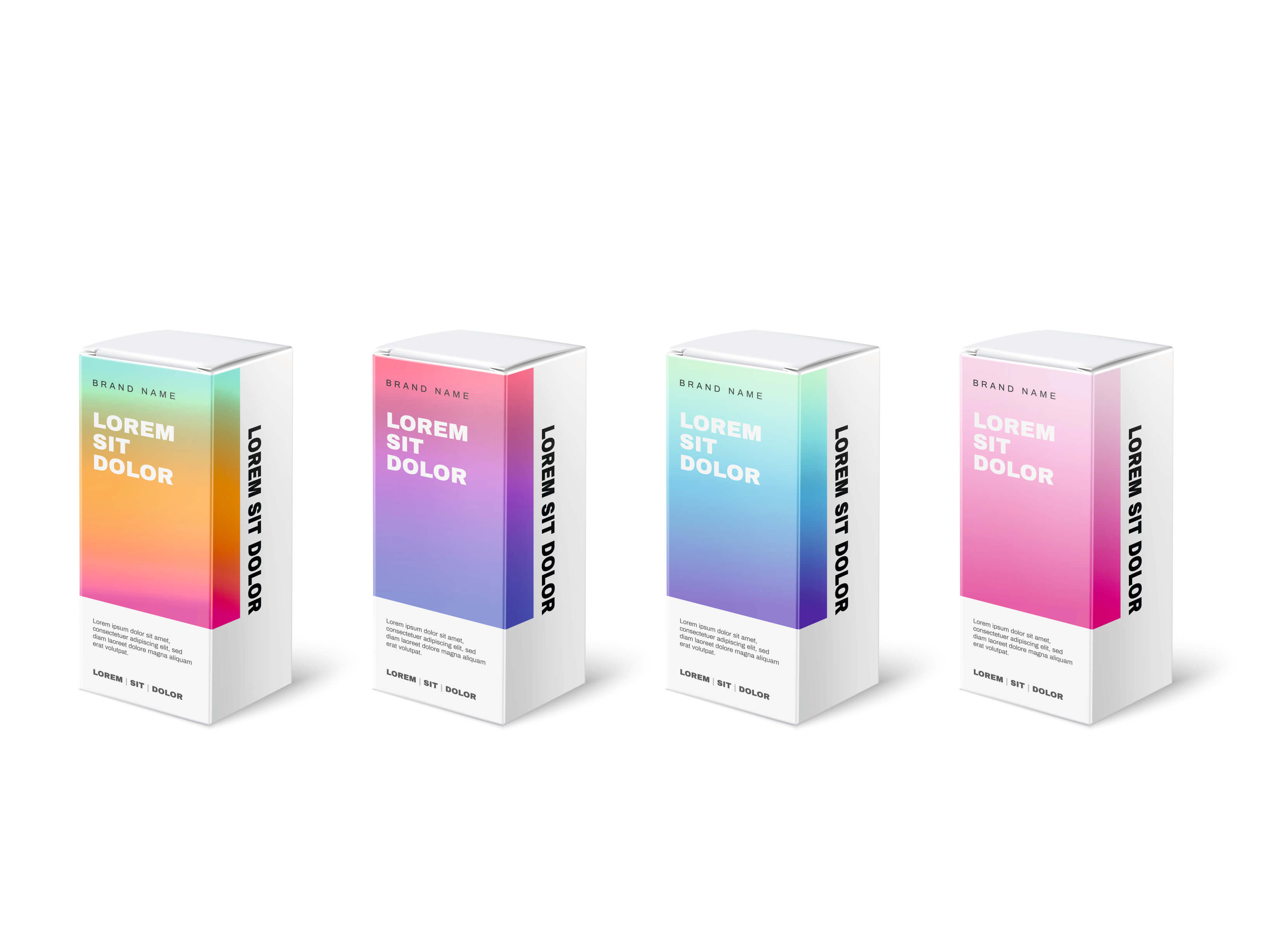
In the pharmaceutical industry, packaging is not just about presentation—it’s about protection, safety, and precision. Offset printing plays a crucial role in delivering high-quality, accurate, and reliable packaging that meets strict regulatory standards and patient safety requirements. Let’s explore how offset printing supports the pharmaceutical packaging industry.
1. Why Packaging Matters in Pharma
Pharmaceutical packaging must meet multiple goals at once:
-
Protect the product from contamination, light, and moisture
-
Communicate essential information like dosage, expiry date, and instructions
-
Prevent counterfeiting and ensure authenticity
-
Ensure compliance with strict government regulations
That’s where offset printing comes in — offering high-quality, high-precision print solutions for every type of pharmaceutical packaging.
2. What Is Offset Printing?
Offset printing is a lithographic printing technique where the inked image is transferred from a metal plate to a rubber blanket, and then onto the packaging material (usually board or paper). It’s ideal for mass production of consistent, sharp, and accurate prints.
3. Benefits of Offset Printing in Pharmaceutical Packaging
- High Print Precision:
- Consistent Quality at Scale:
- Excellent Color Accuracy:
- Anti-Counterfeit Features:
Microtext
Fine line patterns
Invisible inks
Special coatings
These make it harder for counterfeiters to duplicate the packaging.
- Eco-Friendly Options:
Pharmaceutical packaging requires crisp, legible text and barcodes, even in small font sizes. Offset printing ensures this level of detail.
Whether you're printing 1,000 or 100,000 boxes, offset printing maintains uniformity across every single piece.
Drugs often come in similar-looking packaging. Accurate color matching helps distinguish between products and reduce medication errors.
Offset printing allows integration of:
Modern offset presses support soy-based inks and recyclable materials, contributing to sustainability goals in pharma.
4. Applications in Pharmaceutical Packaging
Offset printing is commonly used in:
- Cartons and Folding Boxes
- Blister Pack Covers (printed foil)
- Instruction Leaflets
- Product Labels
Each of these requires a different print approach, but all benefit from offset’s precision.
5. Key Considerations in Pharmaceutical Offset Printing
- Regulatory Compliance: Must meet FDA, GMP, or country-specific labeling laws
- Batch & Expiry Printing: Often added post-offset using variable data printing
- Material Selection: Substrates must be compatible with the drug (moisture-barrier, tamper-evident, etc.)
- Error-Free Printing: Even minor mistakes can lead to product recalls or health risks
Conclusion
In a field where accuracy is life-critical, offset printing proves to be the most reliable and scalable option for pharmaceutical packaging. It not only ensures safety and compliance but also enhances brand trust and patient confidence.
Whether you're a pharmaceutical manufacturer or a packaging vendor, investing in high-quality offset printing is a step toward precision, protection, and professionalism.


